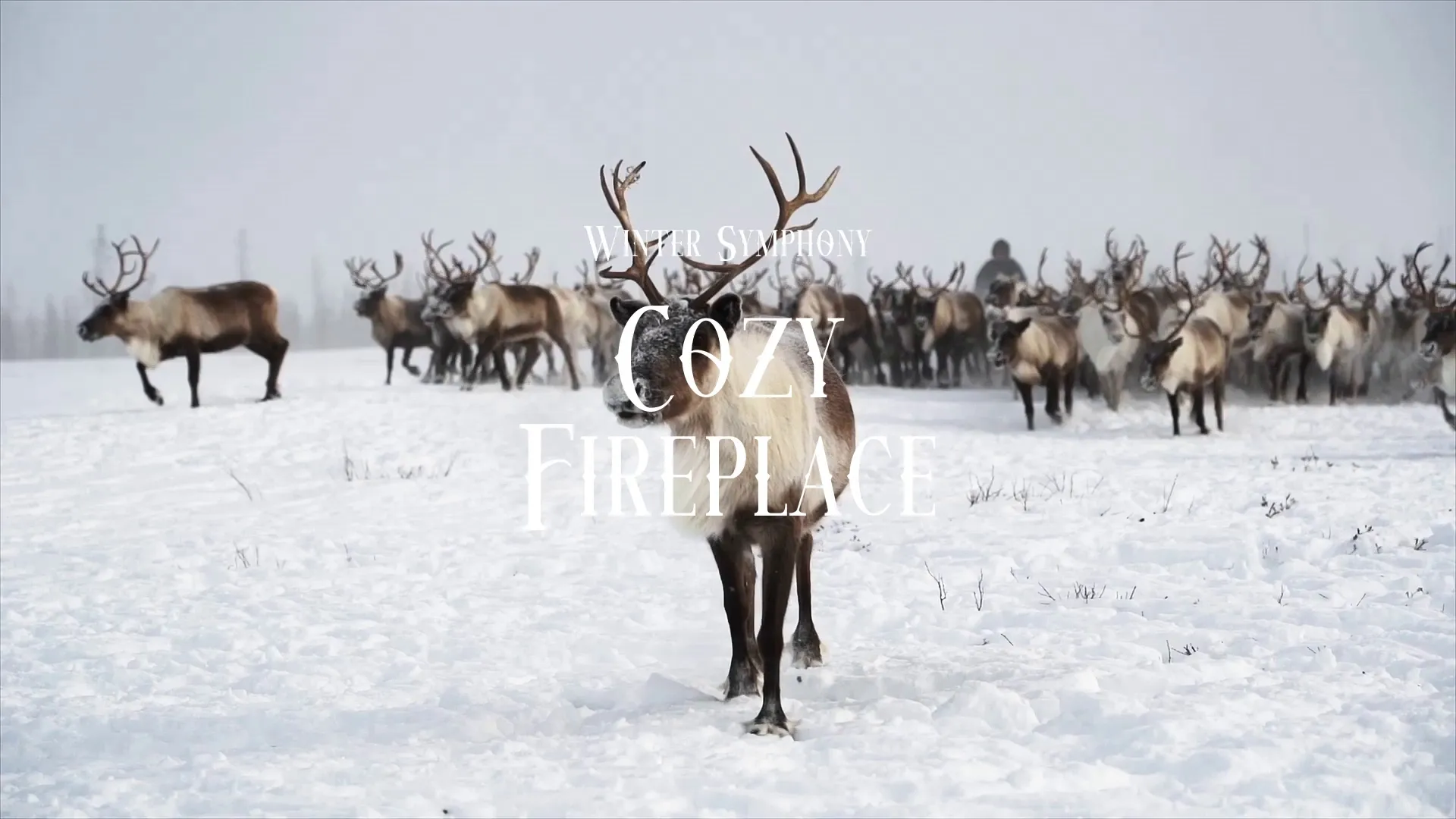Simulating Inca Culture for Believable Game Worlds

Cultural authenticity can be the difference between a forgettable game and a truly immersive experience. The Inca Empire, with its intricate social hierarchy and unique rituals, offers compelling narrative opportunities – if portrayed believably. Imagine a game where players navigate the complex world of the Inca, facing the challenges of resource management, social obligations, and religious practices. This level of immersion is what separates good historical games from great ones.
The intricate societies in games like Crusader Kings and Civilization demonstrate how believable cultures amplify player immersion, driving deeper engagement. But crafting such depth, particularly for historical settings, poses a significant challenge for indie developers constrained by AI and memory limitations. As covered in Unleash City-Scale Stories with Simulated Social Dynamics, creating realistic social dynamics is important. How can developers create compelling narratives rooted in believable cultural norms without overwhelming their resources, specifically focusing on the Inca Empire?
This article explores techniques for simulating key aspects of Inca culture using limited AI, enabling richer and more immersive narrative experiences. We will delve into practical methods for representing the Ayllu (clan), Mit’a (labor service), religious rituals, and social hierarchy within a game environment, focusing on optimization and the use of tools like Strafekit.
The Challenges of Simulating Complex Societies
Simulating a society means simulating agents, each with their own behaviors and decision-making processes. However, this comes with a computational cost. Every agent added to a scene increases the processing load, especially when dealing with intricate behaviors.
Traditional AI techniques, such as finite state machines, often fall short when capturing the nuances of cultural behavior. These methods can become unwieldy and difficult to manage as the complexity of the simulation increases. Striking a balance between simulation depth and performance is crucial, particularly for indie developers working with limited resources. Overly detailed simulations can bog down performance, while simplistic models may fail to create a believable world.
Simulating Inca Culture
Here are a few ways to deliver key aspects of Inca Culture, while using limited AI.
The Ayllu (Clan)
The Ayllu formed the foundational unit of Inca society, a clan-like structure emphasizing communal living and resource sharing. Simulating this aspect with limited AI requires a focus on weighted probabilities.
Each Ayllu tracks a foodLevel variable, ranging from 0 to 100, which represents the clan’s overall food reserves. When the foodLevel drops below 20, the probability of agents being assigned farming tasks increases dramatically, impacting gameplay by directly influencing resource availability and agent behavior. Instead of individually tracking every resource transaction, a system can prioritize resource distribution based on member needs, like food or labor. These needs are calculated using a few global variables reflecting the overall state of the Ayllu. To simulate realistic food distribution in an Ayllu, we can use a C# coroutine:
IEnumerator AylluTaskAssignment() {
while (true) {
//Check if food levels are low
if (foodLevel < 20) {
//If food levels are low, check a random value to see if a farmer needs to be assigned.
if(Random.value < 0.7f) {
// Assign agent to farming task
}
}
yield return new WaitForSeconds(5f); // Check every 5 seconds
}
}
To streamline the creation of such code snippets, Nextframe’s Copilot can provide real-time assistance with code generation and debugging. A developer could prompt Copilot with: “Generate a C# coroutine in Unity that assigns agents to farming tasks based on an Ayllu’s food level, population size, and skill distribution. The routine should check every 5 seconds and adjust task assignments accordingly. The food level ranges from 0 to 100, population size from 10 to 50, and skill distribution is represented by an array of integers.” Copilot would then generate a more refined and context-aware code. This coroutine would be part of a larger Ayllu management system, with other routines governing resource gathering, population growth, and social interactions. This probabilistic approach creates a sense of communal cooperation without the overhead of managing individual agent desires.
Mit’a (Labor Service)
The Mit’a system of mandatory public service was integral to the Inca Empire’s ability to construct its impressive infrastructure. Simulating this system requires a blend of resource management and scheduled events.
A global calendar dictates when Mit’a events, such as road building or terrace construction, occur. AI agents (represented as resource containers) are then assigned to these tasks based on their Ayllu and skills, the latter determined by a simple skill tree system. The game could use a global calendar to schedule Mit’a events, assigning agents to road building or terrace construction based on their Ayllu and skills.
Create a free account, or log in.
Gain access to free articles, game development tools, and game assets.

.webp)






.webp)





.webp)







.webp)
